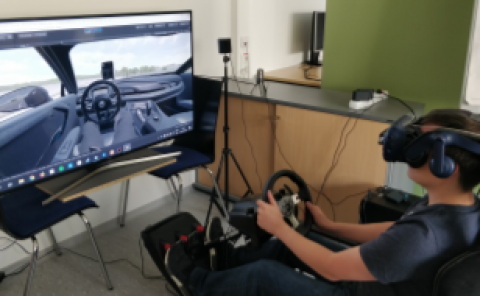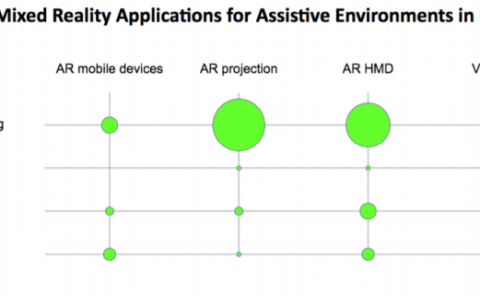Scaptics and Highlight-Planes: Immersive Interaction Techniques for Finding Occluded Features in 3D Scatterplots
PubDate: May 2019
Teams: Monash University,University of South Australia
Writers: Arnaud Prouzeau;Maxime Cordeil;Clement Robin;Barrett Ens;Bruce H. Thomas;Tim Dwyer

Abstract
Three-dimensional scatterplots suffer from well-known perception and usability problems. In particular, overplotting and occlusion, mainly due to density and noise, prevent users from properly perceiving the data. Thanks to accurate head and hand tracking, immersive Virtual Reality (VR) setups provide new ways to interact and navigate with 3D scatterplots. VR also supports additional sensory modalities such as haptic feedback. Inspired by methods commonly used in Scientific Visualisation to visually explore volumes, we propose two techniques that leverage the immersive aspects of VR: first, a density-based haptic vibration technique (Scaptics) which provides feedback through the controller; and second, an adaptation of a cutting plane for 3D scatterplots (Highlight-Plane). We evaluated both techniques in a controlled study with two tasks involving density (finding high- and low-density areas). Overall, Scaptics was the most time-efficient and accurate technique, however, in some conditions, it was outperformed by Highlight-Plane.



